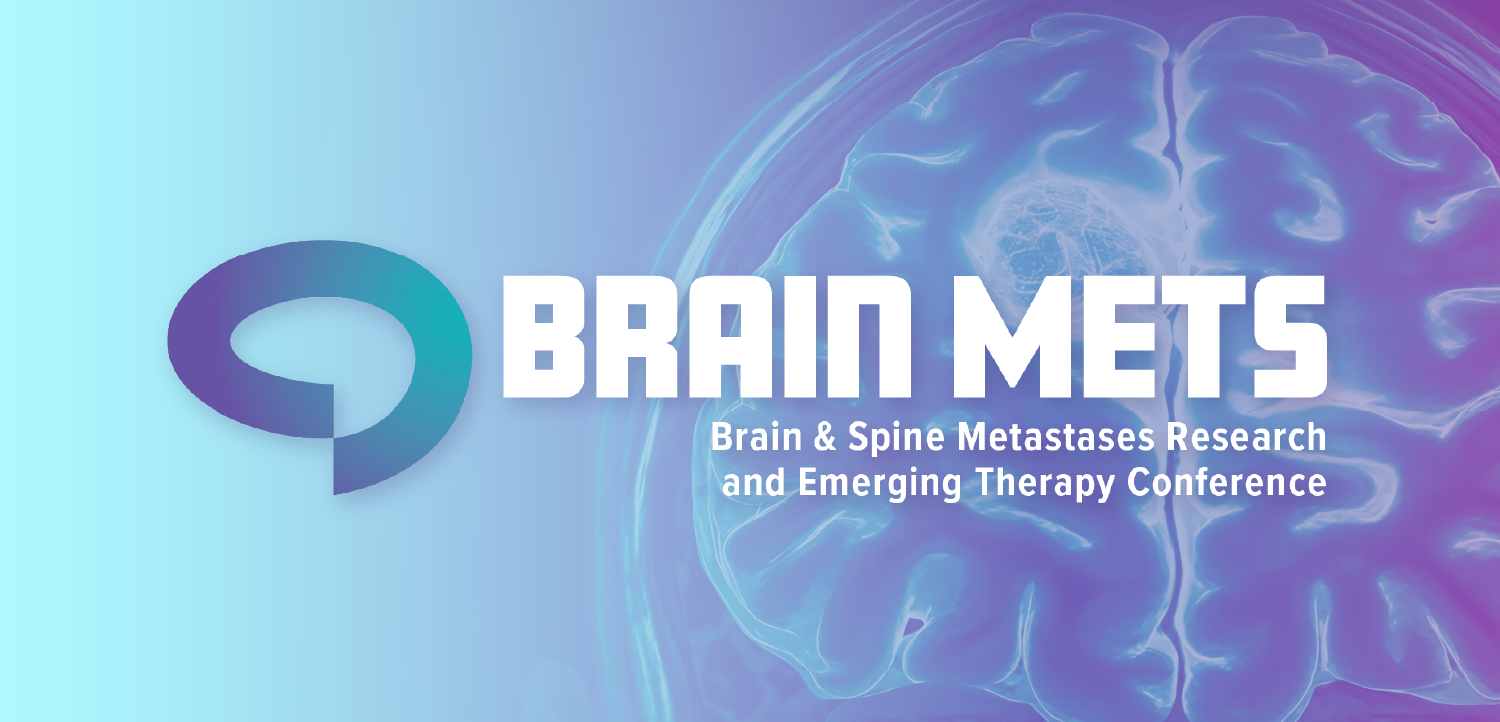
For hospitals, IT staffing remains a difficult challenge
Health systems continue to face challenges in filling positions in information technology, and cybersecurity.
Hospitals and health systems have struggled to recruit and retain nurses and other key positions, and those staffing challenges have also extended to information technology departments.
Health systems have found it difficult to find and keep talented IT professionals in the past few years, and it’s not getting easier, says Katherine Sager, president of healthcare enterprise services at Nordic Global, which provides health and technology consulting services.
“It’s still really a challenge,” Sager tells Chief Healthcare Executive®. “I think we're seeing progress in some areas, but the labor market is still, for these particular skill sets, really challenging.”
Hospitals and health systems often find themselves at a disadvantage in competing for top IT talent with other industries, which can often offer more attractive salaries. Sager says that’s especially true for roles involving cloud technology and cybersecurity.
“Everybody's looking for that right now, outside of healthcare as well, all over. And so it's just the laws of supply and demand at work, right? Those talents are at a premium right now. And so it's hard to find,” she says.
The problems in finding top IT staff stem from the changes in the healthcare industry, and many businesses, in the wake of the COVID-19 pandemic. More organizations are willing to allow IT staff to work remotely, and that poses problems in hiring.
“We see it from our clients quite often, trying to compete now in what is really a national labor market,” she says. “It's not like you're trying to hire within a region anymore … Now, everybody's hiring all over the country.”
For healthcare organizations in the midwest, and those based in less populous regions and rural areas, it’s more difficult to attract people locally in the first place. But increasingly, some of those in a small talent pool have options to work remotely with large organizations on the East Coast or West Coast, and those firms can offer more money.
Hospitals have found it especially difficult to recruit top cybersecurity staff, and it’s even harder to hold onto them, industry leaders say.
“The hackers are always getting smarter,” Sager says. “And they are always finding new ways to attack, and we need more resources and more people who are starting on the path to becoming cybersecurity professionals.”
Some healthcare leaders are pointing to
“If you have a young female in IT that is interested in this field, you better sponsor her or get her some doggone training by now, because we do not have enough females in this field,” Frushour said.
It’s not a short-term solution, but Sager says getting more girls interested in science and technology is critical to building up a more robust supply of women professionals in computer sciences and information technology.
“Right now, it’s a real challenge,” Sager says. “You don't find very many women in cybersecurity.”
Some health systems have focused more on finding staff who are invested in the goals of their organization, even if they are lacking some experience in information technology and cybersecurity roles.
Tracey Touma, senior cybersecurity business liaison at the Cleveland Clinic, said
Now, Touma said the system is looking to find people who resonate with the mission of working in cybersecurity to protect patients, even if they need additional training. As Touma said, “We can teach those skills.”
Organizations can help themselves by taking a closer look at some of the talent that they have in house who may be able to tackle bigger roles, with training and a little patience.
“It’s easy to sort of overlook young talent that can be trained, because we all want it right now,” Sager says. “But that's where you really have to invest in that next generation of the workforce.”
Nordic is also working with hospitals and health systems to help manage some IT functions, enabling organizations to direct their own staff onto more critical areas, Sager says.
Now more than ever, hospitals should look at areas where they can focus their staff and where some tasks can be automated or handled in a different way, she adds.
“Be very strategic about how you're using your staff,” Sager says. “Where can you outsource? Where can you automate? Where can you upskill the staff that you have to make sure that you're not having to go out and hire more?”
















































